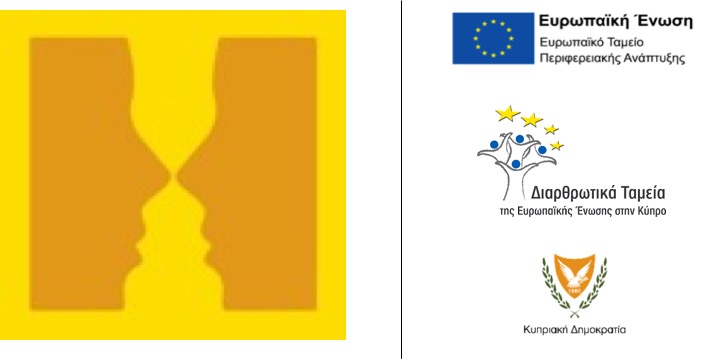
Face to Face Meet an Ancient Cypriot – FF-MAC
PROJECT OVERVIEW
Recent studies have highlighted the impact of global economic crises on Cyprus tourism: lack of competitiveness, inadequate quality, and escalated pricing (Boukas & Ziakas 2013: 329, see B2.1). Policy measures to grapple with these undesired and economically devastating developments include immediate response measures, foreign investment in tourism, and diversification of the tourism product and quality improvement.
This project addresses the diversification of the tourism product and quality improvement. Our aim is to assist the tourism industry and the stakeholders involved, through translation of scientific research results (osteobiographies of ancient Cypriot individuals, see below) into prototypes of tourism products, so that Cyprus can enjoy a significant competitive advantage that will help strengthen its economy. This overall aim of the project is addressed through increasing the appeal and accessibility of cultural heritage for tourism through encounters with real individuals from the Cypriot past, based on bioarchaeological research.
Furthermore, this project contributes towards the development of comprehensive tourism planning networks, particularly in the domain of special interest tourism based on cultural heritage. Such networks are called for in recent studies of the Cyprus tourism sector (Boukas & Ziakas 2013, see B2.1). In order to achieve the translation of bioarchaeological research results to tourism products with economic impact, we need to meet the following objectives that will lead to specific outcomes with economic impact:
(1) Expansion of existing osteobiographies of real individuals who lived in Cyprus in the past, and research to create new osteobiographies, using cutting edge scientific methods and techniques of human bioarchaeology. Outcome: scientific publications on specific osteobiographies.
(2) Reworking of the osteobiographies – i.e. individual life stories based on the human remains and contextual data recovered from Cypriot archaeological sites – in close collaboration between bioarchaeological researchers, tourism researchers, and tourism professionals into contextualised life stories that appeal to tourists, both foreign and local. Outcome: Individual life stories of real individual Cypriots from the past. These can be used to produce text based materials for museum and site visitors, and in storytelling and re-enactment activities e.g. with local schools.
(3) Design of templates and prototype tourism products based on the individual life stories, and integrating key heritage themes; Envisaged product prototypes include, amongst others, routes (self-drive and guided), excursions, museum and other displays, experiential and participatory activity templates, brochures, apps, souvenirs, archaeologically based reproduction jewellery and archaeologically inspired fashion, culinary experiences, sports, and thematic event templates. All listed product and service prototypes are based on aspects of a specific, real, past Cypriot individual’s life, activities, and culinary practices. Outcomes: Prototypes for tourism products and services bringing the past close to the visitor. These prototypes will form the bases for creation of actual tourist products and services beyond the project.
(4) Testing of the prototype tourism products with local and foreign visitors, including different demographics (e.g. different ages, sexes) and origins. Outcome: Reports on testing results; feedback into template and prototype design in order to improve the prototypes created.
In order to optimally exploit the potential of the above Ancient Life Stories-based tourism, the following domains of research activity and experimental development have been incorporated into the project:
- developing market profiles, segmentation, positioning strategies model branding.
- optimising the tourist experience through the use of ICT.
